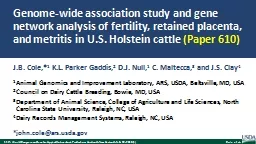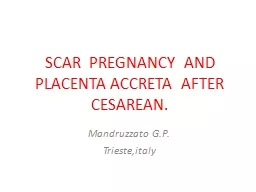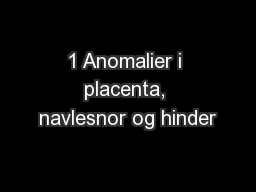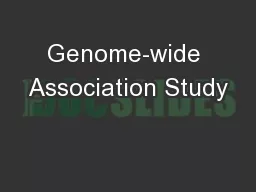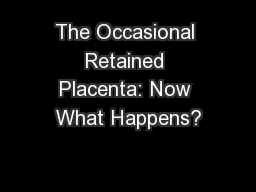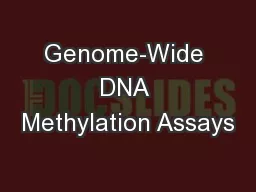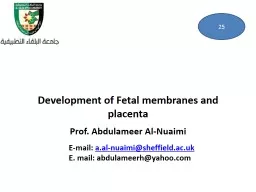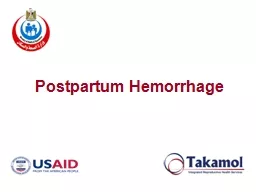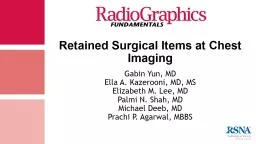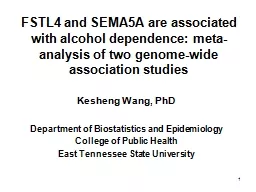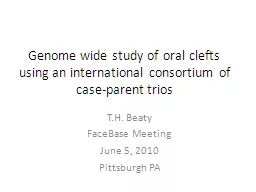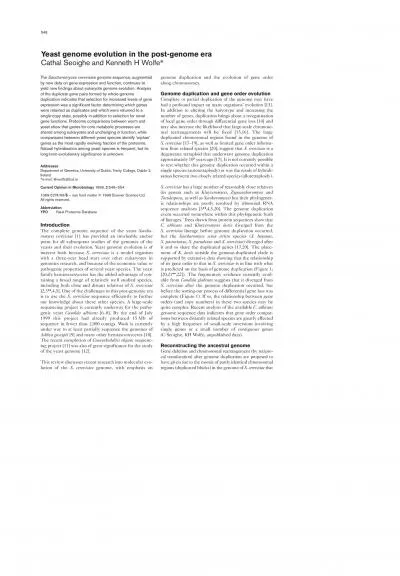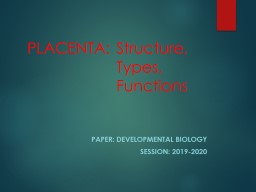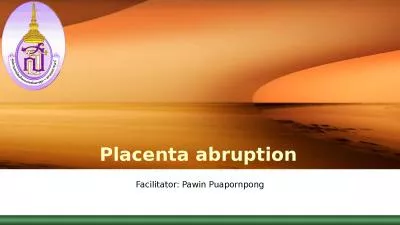PPT-Genome-wide association study and gene network analysis of fertility, retained placenta,
Author : test | Published Date : 2019-06-21
metritis in US Holstein cattle Paper 610 JB Cole 1 KL Parker Gaddis 2 DJ Null 1 C Maltecca 3 and JS Clay 4 1 Animal Genomics and Improvement Laboratory ARS USDA
Presentation Embed Code
Download Presentation
Download Presentation The PPT/PDF document "Genome-wide association study and gene n..." is the property of its rightful owner. Permission is granted to download and print the materials on this website for personal, non-commercial use only, and to display it on your personal computer provided you do not modify the materials and that you retain all copyright notices contained in the materials. By downloading content from our website, you accept the terms of this agreement.
Genome-wide association study and gene network analysis of fertility, retained placenta,: Transcript
Download Rules Of Document
"Genome-wide association study and gene network analysis of fertility, retained placenta,"The content belongs to its owner. You may download and print it for personal use, without modification, and keep all copyright notices. By downloading, you agree to these terms.
Related Documents

